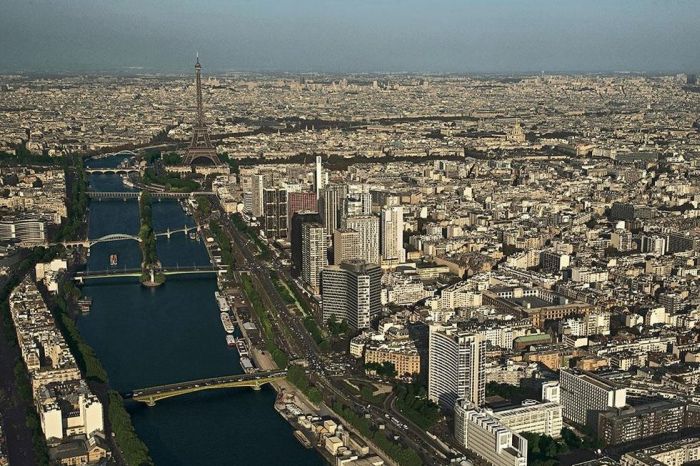|
|
Bird's-eye View Of Paris, France
|
One of the main reasons for such incoherence has been the fear felt by the French State in front of such a huge agglomeration and the desire to tap its wealth. Since the Middle Ages and particularly since the 1649 troubles (La Fronde), Paris has been considered as a source of danger. The authoritarian king Louis the XIVth built Versailles as a new political center, away from the dangerous city crowds. The conflict between the State and the City reached a climax with the Revolution of 1871 (La Commune) : the French Assembly in Bordeaux decided Paris would no longer be the capital city, while the Paris Commune discussed declaring Paris independent of France. Since then, one of the foundations of the centralized French State has been to widely distribute Paris wealth while depriving the agglomeration and keeping it divided into 8 departments and 1 200 communes. From the 22 metropolitan French regions, 19 are regularly subsidized, mostly by Paris resources, while Paris suburbs lack necessary equipment.
Education
In the early 9th century, the emperor Charlemagne mandated all churches to give lessons in reading, writing and basic arithmetic to their parishes, and cathedrals to give a higher-education in the finer arts of language, physics, music, and theology; at that time, Paris was already one of France's major cathedral towns and beginning its rise to fame as a scholastic centre. By the early 13th century, the Île de la Cité Notre-Dame cathedral school had many famous teachers, and the controversial teachings of some of these led to the creation of a separate Left-Bank Sainte-Genevieve University that would become the centre of Paris' scholastic Latin Quarter best represented by the Sorbonne university.
|
|









